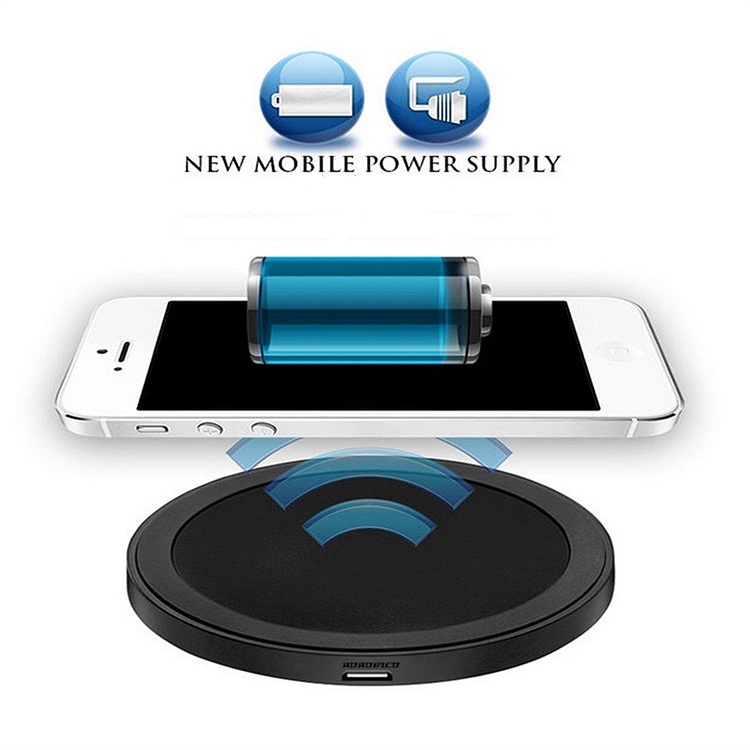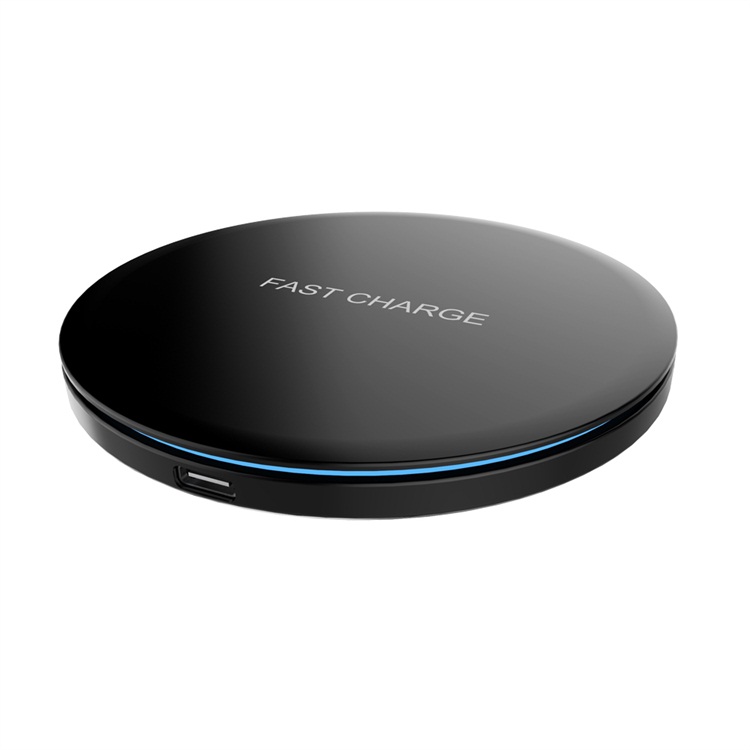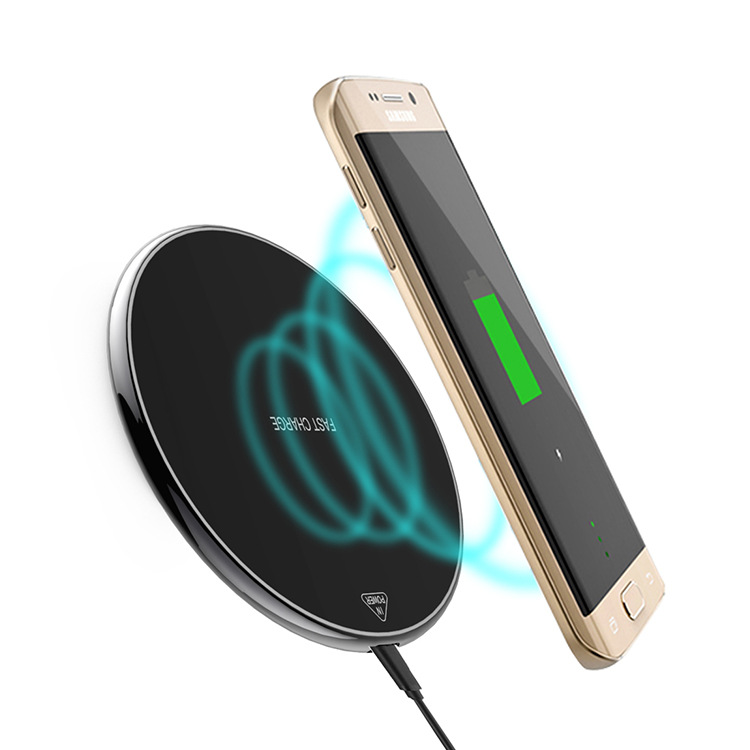At present, LED lighting is very popular in the Chinese market. Because of the government subsidies for millions of MOCVD companies, companies have squeezed their heads to import hard, and even one is profitable (not helpless). The orders of the only two MOCVD equipment manufacturers in the world have been placed for one year, and it is estimated that the two bosses will laugh when they sleep. The question is, is the application of LEDs in the field of lighting really mature? How do people solve the problem of heat dissipation (in fact, life issues)? Based on the limited understanding of the industry and some of the information collected, I did the following analysis. The purpose is not to conclude, but to think independently: Many manufacturers ignore the proportion of optical radiant flux to the total energy, externally nominal Rjs = (Tj-Tc) / (VI), and in fact the value of the denominator should be the thermal power Pt, and Pt only accounted for Part of the total energy VI is currently 70-85%. In the early days, when almost all of the electrical energy was converted into thermal energy, the difference between the thermal resistance of the denominator of VI and the thermal resistance of the denominator of Pt was not too large. However, this industry is a thousand miles away, and the improvement of light efficiency is very rapid. At present, the mainstream photoelectric conversion efficiency is 25-30%, and the heat only accounts for 70-75%. At this time, the difference comes out. You give a small thermal resistance value to the thermal analysis engineer. According to this calculation, the designed heat dissipation scheme may just meet the junction temperature requirement or the margin is small. For the long term (>3 This is a fatal, very low-level error in terms of the products used. Most of the LED lighting fixtures are this design idea, it is no wonder that aluminum is cheap and easy to use, and there are no moving parts, high reliability, who is it? Sunnon has done a lot of work on the cooling modules of indoor lamps, and has also produced several standard cooling modules, but the micro-motors are the strengths of others, and this is not surprising in the front. Fatal shortcomings: It’s not good for itself.
We accept Personalized logo Wireless Charger Pad Service. Let our team of experts design and build your very own Wireless Charger Pad.All you need to do is send us a photo or sketch, we will then send you a FREE mockup of your design for approval.We are a professional Chinese manufacturer of Wireless charger Pad , and look forward to your cooperation!
Wireless Charger Pad Wireless Charger Pad,Qi Wireless Charger Pad,Fast Wireless Charger Pad,Fast Qi Wireless Charger Pad Reteck Electronic Co., Ltd. , https://www.reteck.com
Is your thermal resistance definition correct?
Therefore, the definition of thermal resistance must be accurate. Hot design engineers and manufacturers of lamp beads need to understand the details. The source is defined, Let's talk about possible heat dissipation techniques and their advantages and disadvantages.
Natural heat dissipation (passive heat dissipation)
The key to this design is to minimize the thermal resistance of the heat sink to the lamp bead and maximize the heat dissipation area, both for radiation and convection. Of course, at the same time, waterproofing is required, which involves the problem of the process.
About how the thermal resistance of the heat sink to decrease the light bead, the market is varied, various gods have their own unique skills, useful ceramic substrate useful for an aluminum plate, useful for soaking plate (Vapor chamber) d and useful heat pipe Useful for magnetic fluid circuit tubes, useful for micro-slot group radiators. Some just lie to laymen, add some gimmicks to their products, as for their patented technology, don't say anything (everyone knows what Chinese patents are all about).
If you use SMD lamp beads, the heat distribution is relatively uniform, unless your glazing surface is very large, otherwise, the aluminum alloy is enough. Worried about the large thermal resistance of diffusion? Calculate it and know that more than 100 watts of SMD lamp beads are evenly arranged. What is the temperature difference between the center and the edge?
However, if you are using a COB package, you should pay attention, because diffusion heat resistance is a big problem at this time, how to reduce it? Use VC, but it is expensive. But there is no need to worry about its reliability. It is definitely more than 5 years. As for some manufacturers, why use heat pipes? Lose weight.
However, magnetic fluid cooling technology is a new thing, which coincides with some of my assumptions. However, research on electromagnetic design and working fluids is still in its infancy. I have never seen anything real, and I dare not swear the effect of this thing.
The micro-slot group radiator was developed by a company in Beijing. When I first saw the design ideas, I felt that some places were worth discussing. It would be better to get the genuine products for verification in two days. Active cooling (fan)
Of course, the fan can be used to reduce the volume and extend the life. But there are two fatal flaws, one is that it consumes electricity itself, and the other is its life. If Sunnon's modules are large-scale and are OK after long-term use, it is estimated that each fan factory has a new profit growth point. Semiconductor refrigeration
Of course, with the improvement of light efficiency, if only 30% of the electrical energy is converted into heat, the LED heat sink does not need to be so cumbersome and huge. The price will also be the price of cabbage, let us wait and see.


